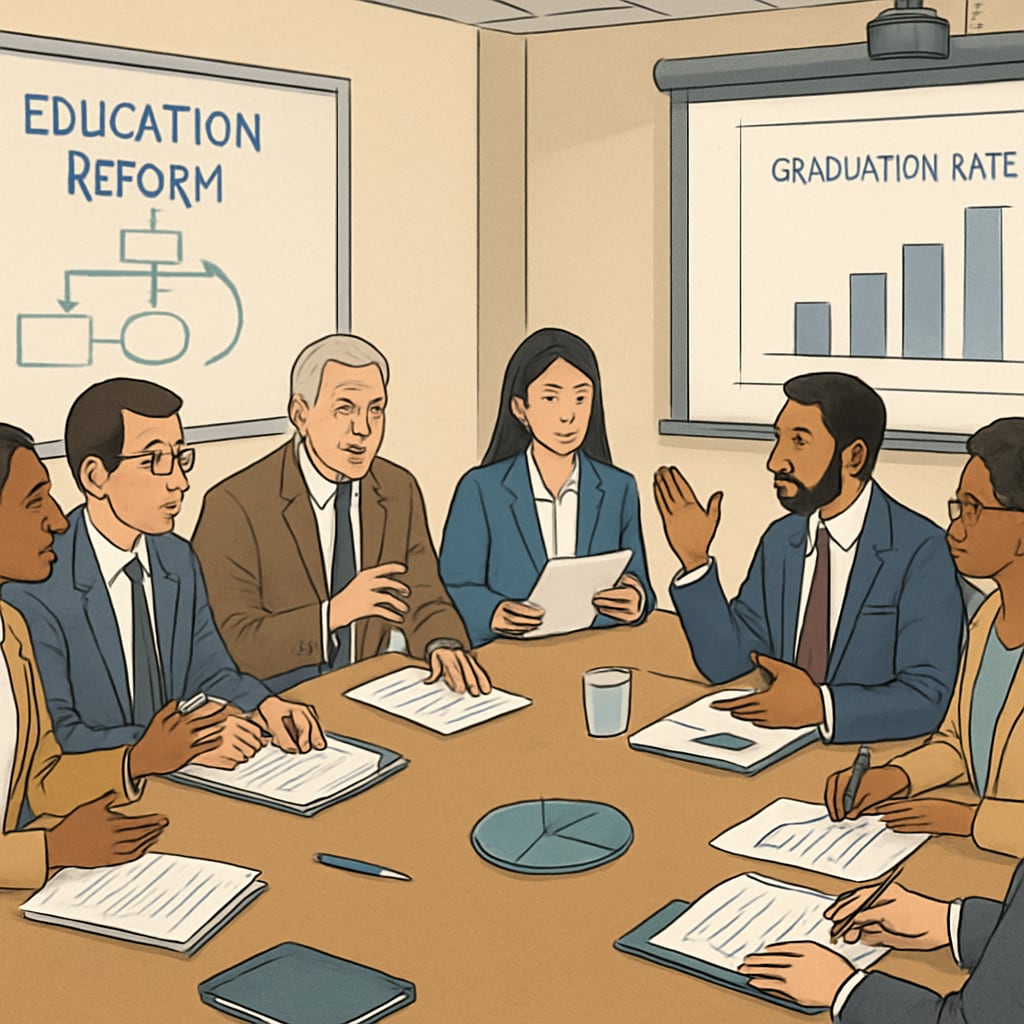Stand For Children, a prominent organization ostensibly advocating for education reform, is at the center of a controversial movement to privatize public education funds. Through carefully orchestrated legislative strategies, they are redirecting taxpayer money away from public schools and into private institutions. While this effort is often framed as a push for “choice” and “reform,” the reality is a gradual erosion of public education’s foundation. This article explores how these covert operations are impacting public schools and the students who rely on them.
The Covert Shift: Public Funds to Private Interests
The privatization of public education funds is not a new phenomenon, but the methods employed by organizations like Stand For Children have become increasingly sophisticated. By lobbying for charter schools and voucher programs, they promote policies that divert funding from public schools to private entities. While charter schools are often marketed as innovative alternatives, the reality is that many operate with minimal oversight and accountability, raising questions about their effectiveness and fairness.
According to a Britannica article on charter schools, these institutions are funded by public money but run independently, often by private organizations. This lack of regulation can lead to disparities in resource allocation, leaving traditional public schools struggling to provide quality education. Moreover, voucher programs allow parents to use public funds for private school tuition, further depleting public school budgets.

The Impact on Public School Systems
The financial strain on public schools caused by privatization is undeniable. When funds are redirected to private institutions, public schools face budget cuts that limit their ability to hire qualified teachers, maintain infrastructure, and offer essential programs. As a result, students in underfunded public schools are disproportionately affected, widening the gap between privileged and underserved communities.
For example, a report by Wikipedia on public school funding highlights how resource disparities exacerbate inequality. Schools in low-income areas, already struggling with limited resources, bear the brunt of these funding shifts. This creates a cycle where students in disadvantaged communities face greater barriers to academic success, perpetuating systemic inequities.

Who Benefits from Privatization?
While the push for privatization is often justified as a means to improve education, the true beneficiaries are private organizations and stakeholders who profit from these policies. Charter school operators, private school administrators, and corporate entities gain financially, while public school students and teachers bear the cost. This raises ethical concerns about the commodification of education and its long-term effects on society.
Furthermore, the narrative of “choice” promoted by organizations like Stand For Children obscures the fact that not all families can equally access these alternatives. Transportation costs, tuition gaps, and admission requirements often exclude marginalized students, making the system inherently inequitable.
How to Protect Public Education
To counter the privatization of public education funds, stakeholders must advocate for policies that prioritize public schools and ensure equitable resource distribution. Key actions include:
- Increasing transparency and accountability for charter schools and voucher programs.
- Investing in public school infrastructure, teacher training, and student services.
- Engaging communities in decision-making processes to reflect local needs.
- Raising awareness about the long-term consequences of privatization on public education.
By supporting public schools, we can preserve their role as a cornerstone of democracy and social mobility, ensuring that every child has access to quality education regardless of their background.
Readability guidance: This article uses short paragraphs, active voice, and clear transitions to enhance readability. Lists are employed to summarize key points, and external links provide additional context for readers seeking more information.


